On January 25, 1980, three apartheid freedom fighters, Stephen Lakoko, Humphrey Makhubo and Wilfred Madela, were on their way to carry out a planned sabotage mission when they realised their cover had been blown. In an attempt to flee from the police officers, they sought refuge in a bank and held 25 civilians hostage. During this precarious situation, they made three demands: “a meeting with State President Vorster, the release of Nelson Mandela and a man called Mange, as well as R100 000 in cash and an aircraft to fly them to Maputo.” Eventually, the police stormed the bank and killed these three men, while two hostages died and many others were injured.
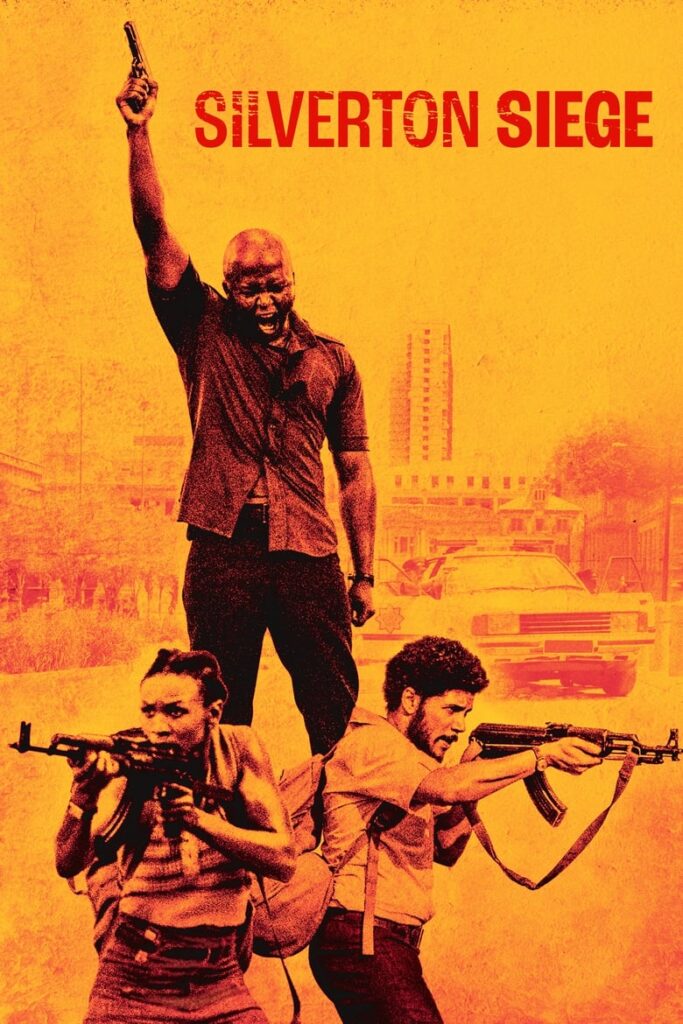
In what would mark the first major change in a series of adjustments from the real life events of January 25, Silverton Siege, a story loosely based on the true event that instigated the fight for the freedom of Nelson Mandela, one of the three men is replaced with a woman. The group is led by Calvin Khumalo (Thabo Rametsi), and he is supported by Mbali Terra (played by Jiva’s Noxolo Dlamini) and Aldo Erasmus (Stefan Erasmus). The actual events that inspired the movie are put into play with further significant changes. In this on-screen adaptation, the three freedom fighters are on their way to a mission when they realise the police have surrounded them. As they try to flee for their lives, they end up in a bank in Silverton, Pretoria, where they hold civilians hostage. They negotiate their terms with Captain Langerman (played by Arnold Vosloo) of the police force, who tries to reason with them. As they try to figure out the snitch amongst them, they instruct the captain that the only way the hostages are released is if Mandela is freed.
Directed by Mandla Walter Dube, Silverton Siege is supposed to be a movie that sparks a black freedom movement to get their country back from the hands of the oppressors. However, the reimagination of this critical event in the history of South Africa is filled with contrivances that make the movie fall flat. The absence of some key elements makes it seem like a little part of the truth has been covered to tell the contrived Netflix story. In the real life event, two hostages were killed during the shootout, which proves to be grittier than what is presented in the Netflix adaptation, where the trio only demands the release of Mandela. The play-by-play retelling of the actual events was possibly neglected to remove any doubt or ulterior motive behind the movement that instigated the fight for Mandela’s freedom. Maybe not all movies about black people fighting for freedom should be harsh and unpleasant but as far as I know, it goes against stark reality. Silverton Siege goes on to tone down these harsh realities thus stripping it of the brutality that came with living in this apartheid society. At the end of the movie, the emotions that one feels only come from the knowledge of the real life events that one has in them.
 ‘Happiness Ever After’ Review: South African Romantic Drama Showcases Three More Sides to Love
‘Happiness Ever After’ Review: South African Romantic Drama Showcases Three More Sides to Love
 11 Nollywood Podcasts to Add to Your Library
11 Nollywood Podcasts to Add to Your Library
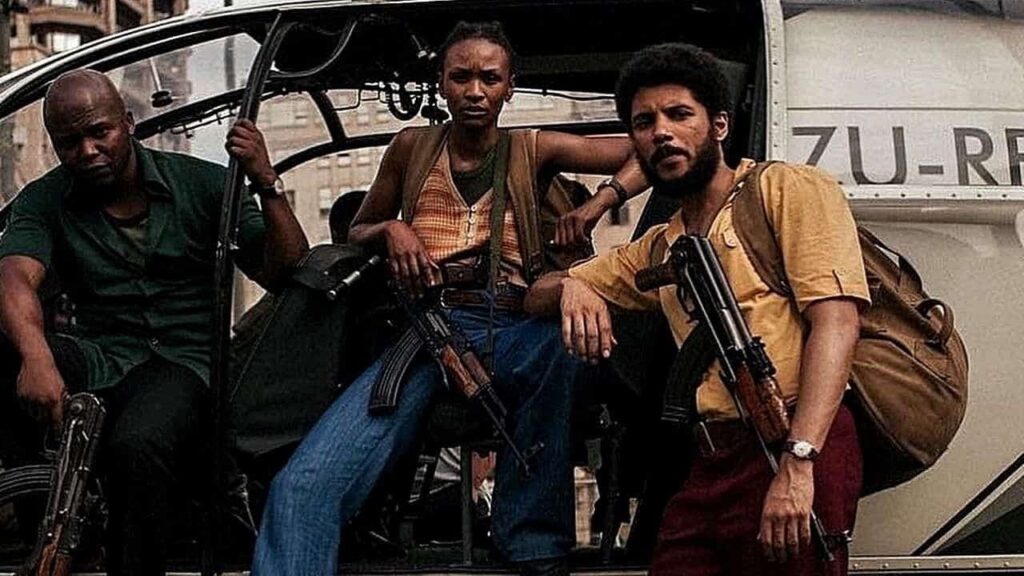
Throughout the entirety of the movie, I felt like I had just finished the usual action thriller rather than a film that ought to evoke empathy of what being black means in this time period and what it now costs. In other words, the Silverton Siege merely tones down the harsh realities of what black people faced during this time. Although the events that take place in the bank aren’t known, the creative freedom taken to depict the actions within the bank is quite repressive and conservative, which fails the story being told. In the 1hr 40min movie, we see how some white people in the bank sympathise with their captors, and it can be said that even Vosloo’s Captain Langerman behaves far too kind to them. As Captain Langerman tries to resolve the crisis with the trio, there is another man in the police force that feels no pity for them. The appointed sympathisers make it seem like the blacks had cheerleaders among the white populace, falsely representing the view that they had it that easy during these troubling times in their history, a bit patronising to a section of the viewing audience.
The story would have worked out to strike the right chord and draw out a numb feeling if the director highlighted the racial pressure in existence during the apartheid. A historical movie like Glory (1989) still elicits strong emotion after more than three decades since it came on screen. It strongly portrayed the sacrifice of war and the challenges faced by many African Americans during the fight to end slavery; the important roles and contributions they played as the director relied heavily on the true story of Colonel Robert Gould Shaw as he led the first US civil war with his all-black volunteer-soldiers. Glory presents a pressing conflict, a credit to the director who employed brilliant dexterity at capturing how the Colonel overcame the racial complexities he faced while commanding his regiment. In comparison, all Silverton Siege presents are three people, who we know as freedom fighters, in a dire situation and have held some other people hostage. And when they realise they can’t leave the bank alive, they seize the moment to seek Mandela’s release. The narrative alone ought to be enough to make us sympathise with the trio, not because we already know they are fighting for their freedom from the hands of their oppressors, but because viewers ought to be able to conjure an image of what is at stake. Its failure to build rational issues surrounding racial complexities is one cogent element that fails to be imbued in the movie, whether it is loosely based on an actual story or not.
Although the true intensity of what being black meant in that time isn’t powerfully portrayed, Silverton Siege still has some notable performances like the intense portrayal of a leader from Rametsi and the ass-kicking performance of Dlamini. Even though the cast tries to make it compelling through their acting—with the “free Mandela” chant, for example—it still struggles to transfer the intensity of a story deeply rooted in the history of South Africans. In other words, the movie’s goal to present itself as a historical piece that made a significant impact on the free Mandela movement isn’t accomplished. Silverton Siege merely ends up as an average thriller movie that falls into the hostage situation trope.
Rating: 5.7/10
Share your thoughts in the comments section or on our social media accounts.
Keep track of upcoming films and TV shows with Google calendar.
Side Musings
- It felt weird to see Arnold Vosloo playing the good cop because I had recently seen his villainous role as Imhotep in The Mummy.
- Calvin Khumalo did a lot of heavy lifting in the movie for someone that is asthmatic. I really thought the inhaler the police captain kept in his pocket would later come into play but it didn’t. Calvin must have really not needed that inhaler if all he needed to get his breath back was just to be calm.
- Noxolo Dlamini held the gun better than the two men.
Silverton Siege is streaming on Netflix.

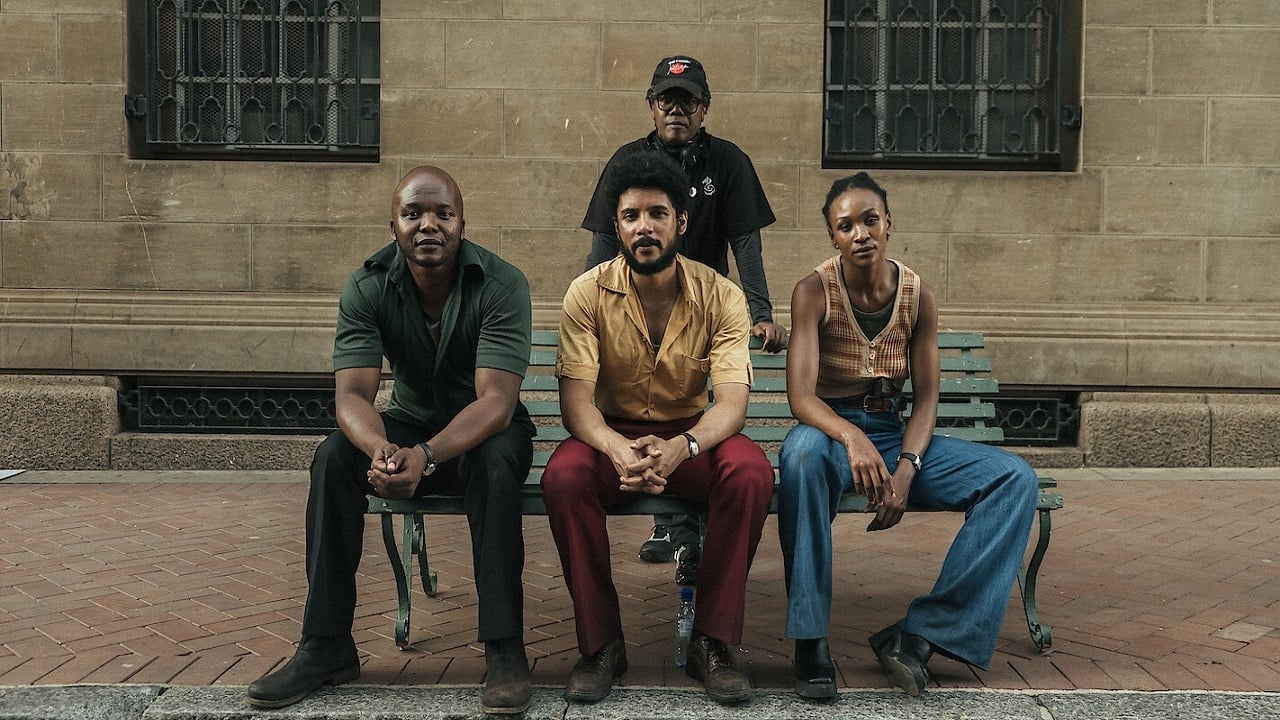
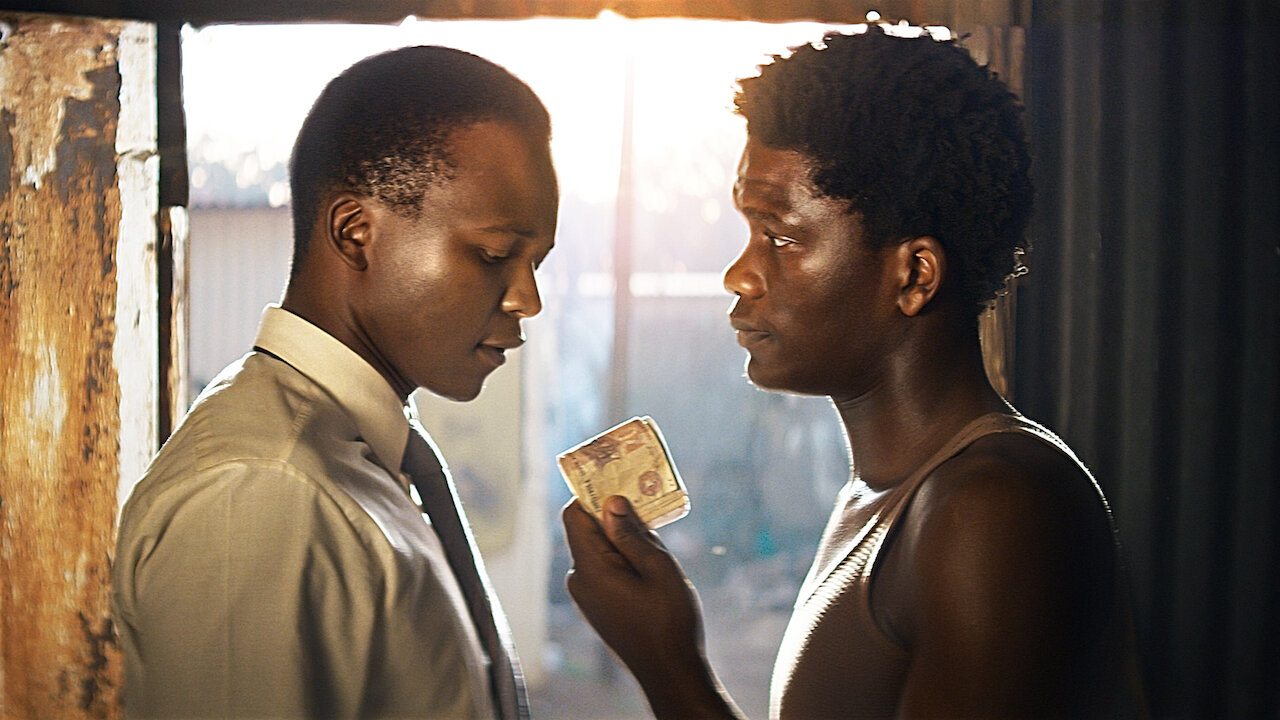
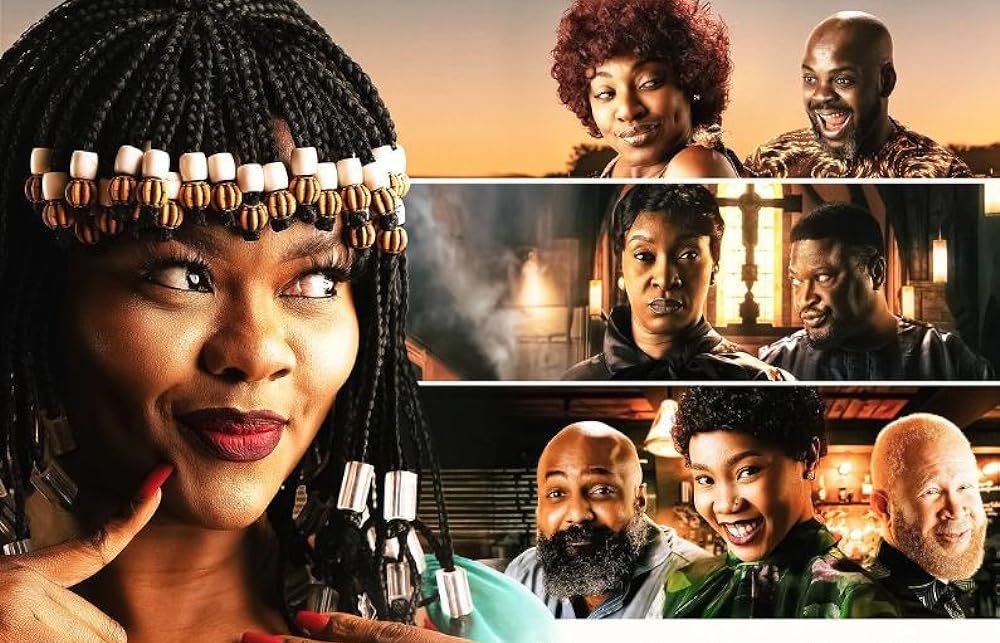


3 Comments